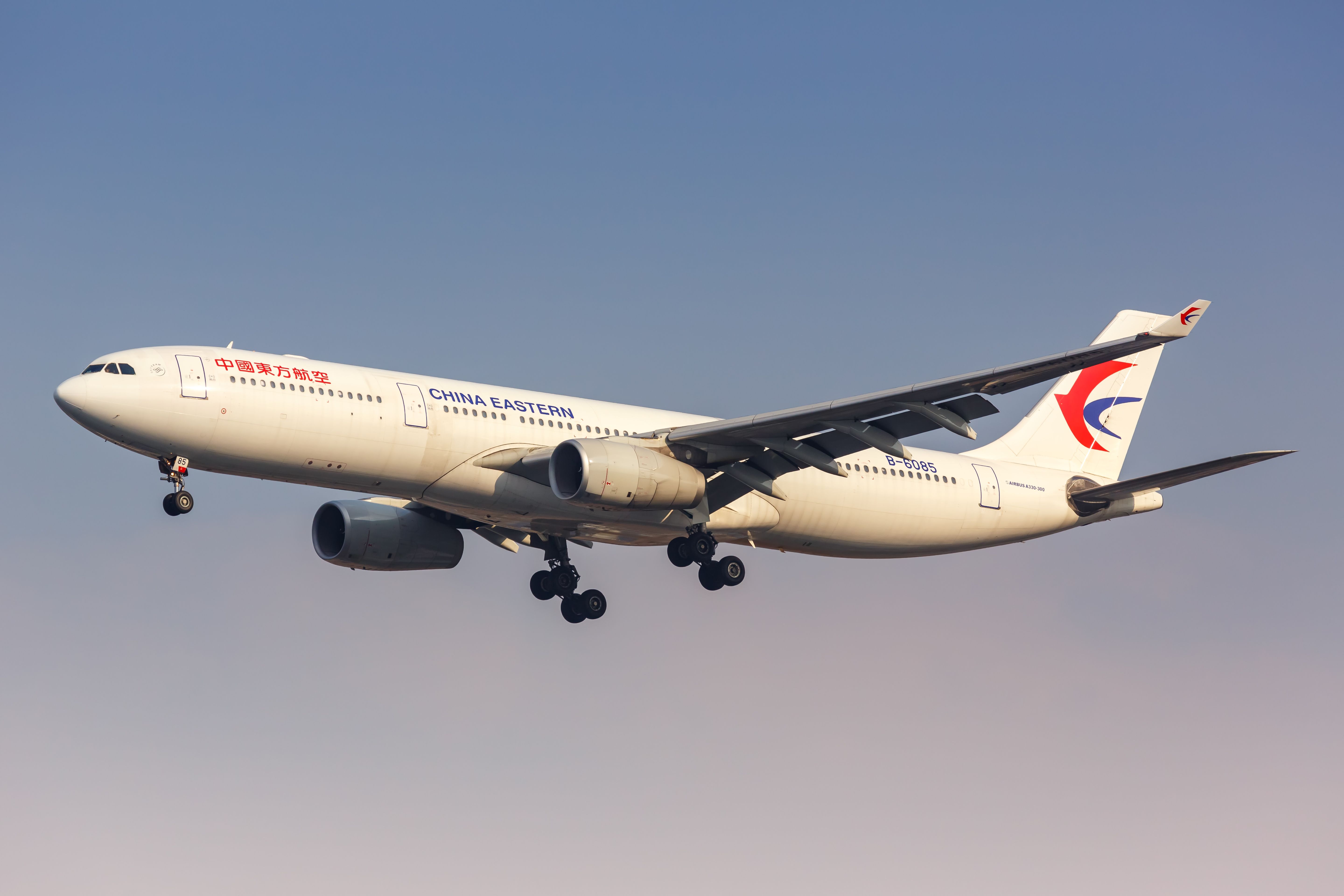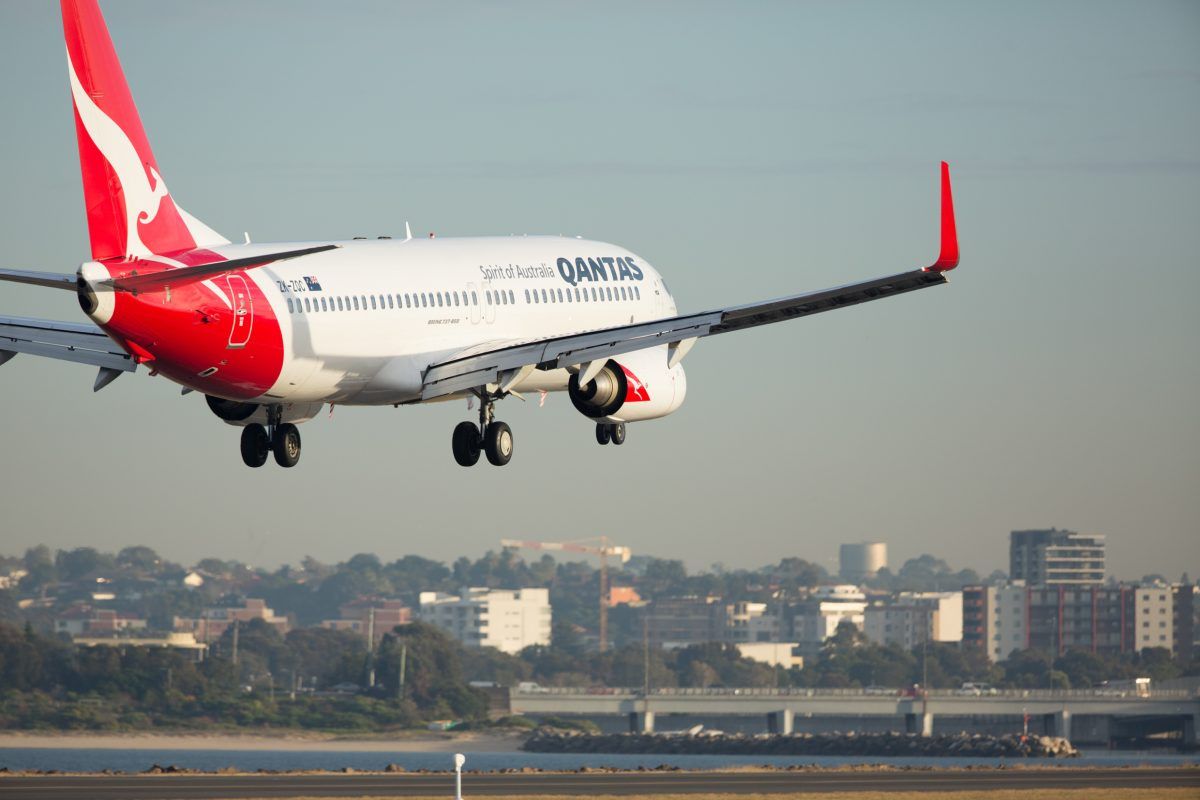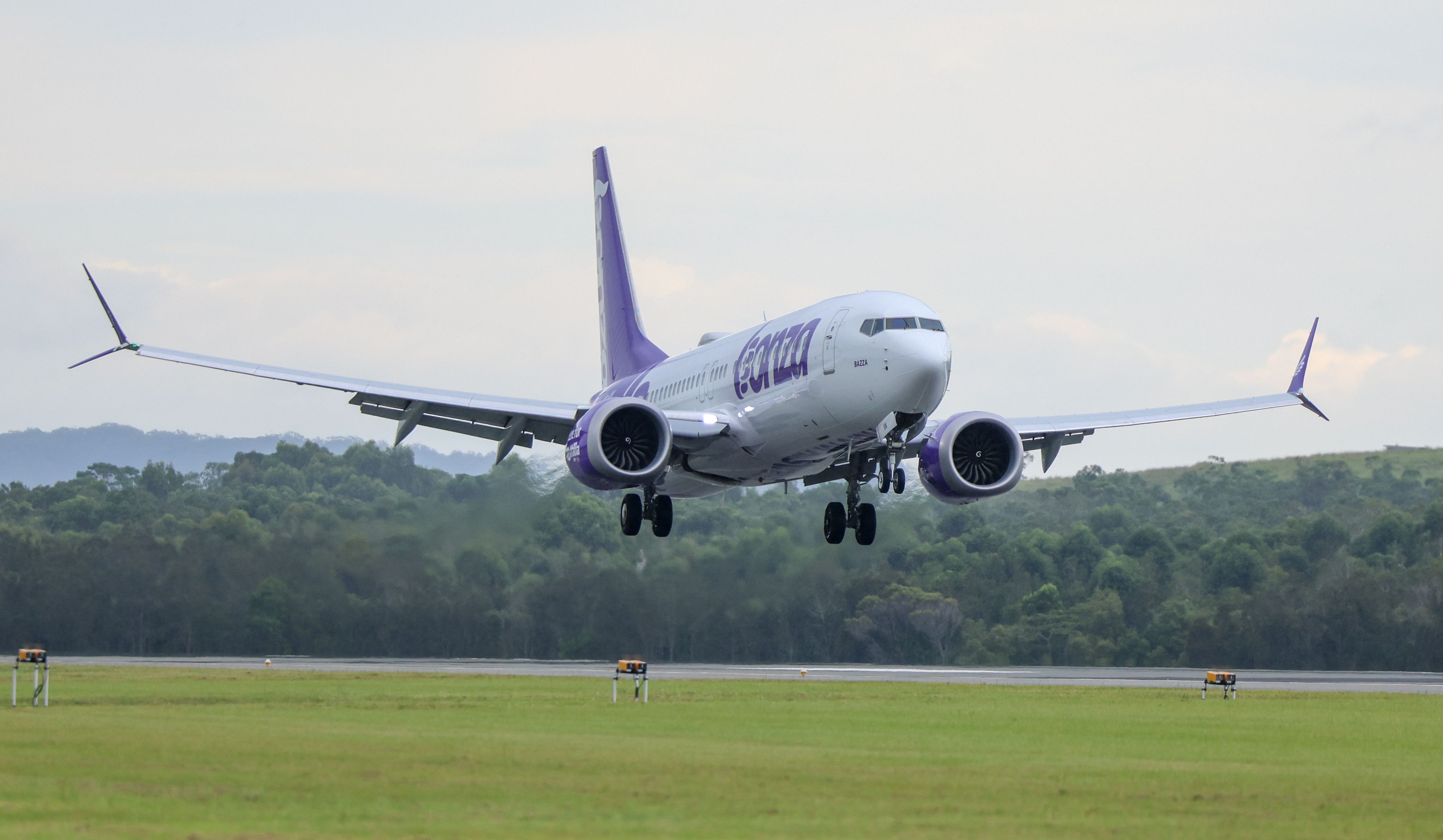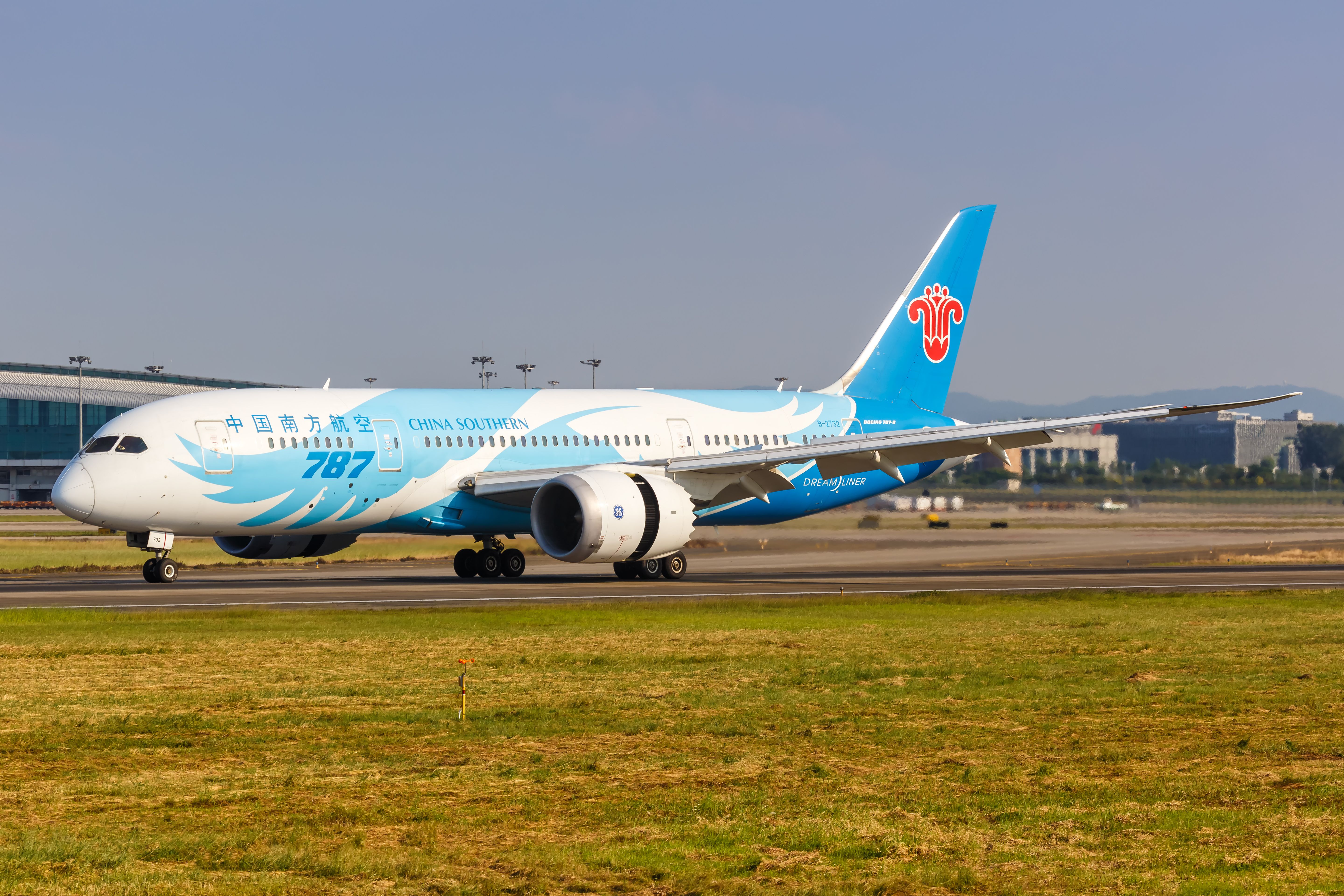Summary
- Domestic traffic at Sydney Airport has stagnated, with passenger numbers growing just 4% year-on-year.
- Access to slots at Sydney Airport is limited, making it difficult for new domestic or international airlines to enter the market and compete with incumbents.
- More international capacity is needed at Sydney Airport, with passenger growth from markets like China, Korea, and India offset by lagging markets.
The most immediate benchmark for airlines and airports is rebuilding their traffic numbers back to 2019 pre-Covid levels, and any sign of that stalling is a cause for concern. Australia's two main gateways in Sydney and Melbourne are both handling around 90% of the passengers they did in 2019, and yet their CEOs believe there needs to be more airline competition, particularly on international services.
Today Sydney's Kingsford Smith Airport (SYD) released its traffic performance for July, showing that 3.38 million passengers passed through the airport. This was 88% of the 3.85 million passengers in July 2019 and a gain of 19% over July last year. For the first time since travel restrictions were eased, the international recovery has overtaken the domestic recovery, largely due to a surge in passengers from China as that market gains momentum.
Domestic traffic is going nowhere
In July 1.30 million passengers traveled on international services and 2.08 million on domestic flights, representing 89% and 87% recovery rates, respectively, compared to July 2019 traffic. Domestic passenger numbers have all but flatlined, growing just 4% year-on-year at a time when demand has skyrocketed, despite airfares climbing out of reach for many would-be travelers.
Sydney Airport CEO Geoff Culbert described the July results as mixed but also raised similar concerns to those of his counterpart at Melbourne Airport.
"The trend with respect to domestic activity has continued, with passenger numbers stagnant over the past 15 months. We continue to see evidence of unused slots going to waste, with a persistent mismatch between slots held by domestic airlines and the schedule that is flown."
The issue of access to slots at Sydney Airport is not new, but with the emergence of new lower-fare services from Bonza and Rex, it has once again bubbled to the surface. In simple terms, as long as the incumbent airline uses 80% of its slots it retains them perpetually, making it virtually impossible for a new domestic or international airline to gain a workable foothold at Australia's main gateway.
In June, the national flight cancellation rate for all airlines was 3.6%, and yet on the nation's busiest route between Sydney and Melbourne it was 8.4%, with Qantas canceling 8.3%, Jetstar 8% and Virgin Australia 10.3% of their flights.
More international capacity is needed
Qatar Airways recently had an application to add 21 additional flights to Australia rejected by the Australian federal government even though no local airline has shown any interest in flying between Australia and the Gulf state. Commenting on the international traffic through Sydney Airport, Culbert added:
"The headline result for international passengers is encouraging, but it's a two-speed recovery, with strong growth from China, Korea and India offset by lagging markets like the USA and New Zealand. The lag is being driven by a lack of seat capacity rather than a lack of demand. Additionally, seats from the Middle East remain well below pre-COVID levels, down 27% on July 2019."
Discover more aviation news for Australia and Oceania here.
June was the first time Chinese passengers ranked as the number one overseas visitors since 2019, and before Covid they were consistently the most popular foreign passport holders at Sydney Airport. There is still plenty of upside to come as China traffic is still 24% down on 2019 levels.
Out of the top ten nationalities through the airport only three are ahead of July 2019, these being South Korea (+20%), the Philippines (+8%) and India (+5%). Major markets lagging are Japan (-31%), the United Kingdom (-30%), China (-24%), the USA (-15%) and New Zealand (-14%).
It seems incongruous that a lack of capacity is still holding back travel, and airlines that want to provide that capacity are kept out of the game by bureaucratic regulations that are not in the public interest.
What do you think about airline access in Australia? Let us know in the comments.




